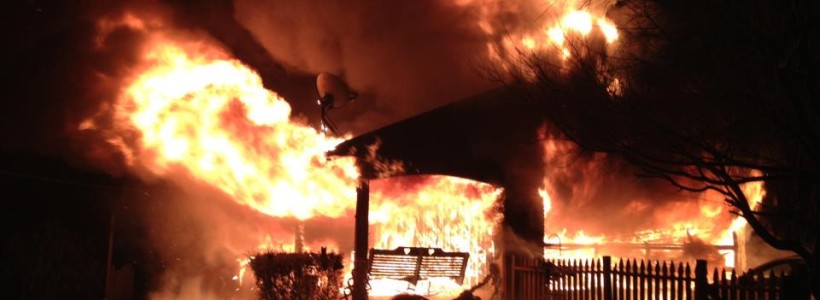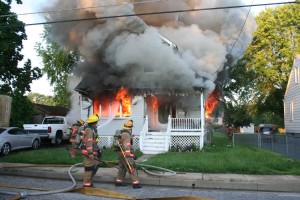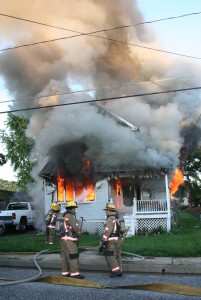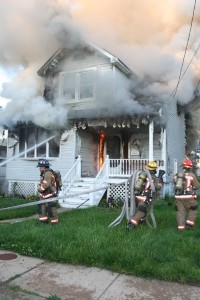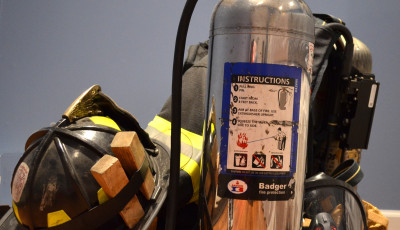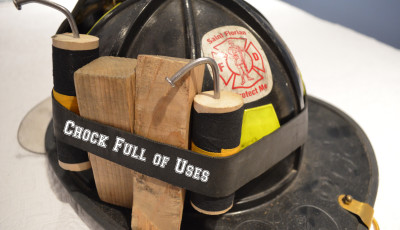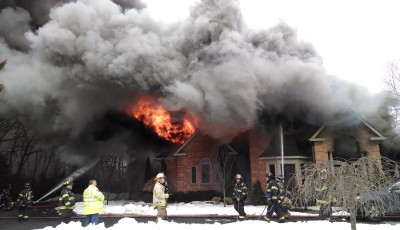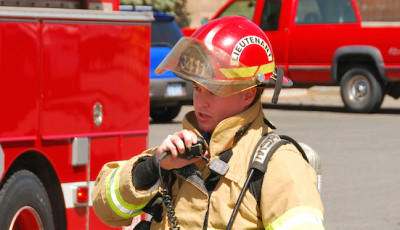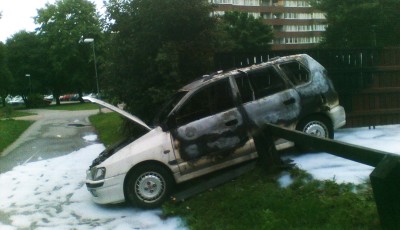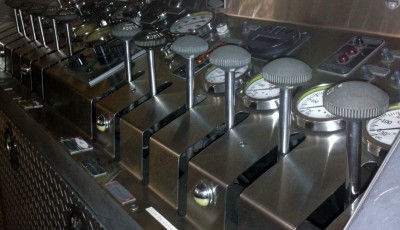Understanding Fire Flow – Part 3
As stated in Part 1 of this series the application rate (Flow Rate) and the type of stream used are the two critical factors that determine the speed of extinguishment. So far we have focused solely on the application rate but if we are to have a clear and thorough understanding of fire flow then we must discuss fire streams. A fire stream has a specific shape mass and velocity based on the type of nozzle its rated flow and the pressure applied to the nozzle. There are two basic types of fire streams.
1) Broken stream produced by a fog nozzle
2) Solid streams produced by a smooth bore nozzle.
When selecting a flow rate and fire stream, firefighters must not only consider the stream’s heat-absorbing ability but also the ability of the stream to reach, penetrate, and cool.
HEAT ABSORBTION
One gallon of water can absorb only so much heat per second.
• If the heat-absorbing capability, or knockdown power, of the flow rate is greater than the heat produced by the fire, (HRR) and the stream has sufficient velocity and mass to reach the fire than the fire will be extinguished quickly.
• If the (HRR) is greater than the heat-absorbing capability of the flow rate, or the stream does not have the velocity and mass to reach the fire, the fire will not go out in a timely fashion to adequately protect interior operating nozzle teams and trapped occupants.
STREAM PENETRATION AND REACH
With increased HRR and rooms in residential structure fires (reaching flashover in less than 4 minutes there is little room for error, the attack crew must select a stream that has:
• The Reach
• Thermal Penetration
• And Droplet Size
To reach not only the burning fuel base but the primary radiant heat sources, which are:
• The Ceiling Gases and Smoke
• The Burning Ceiling
• The Burning Wall Materials Simultaneously!!!!!!!!!!!!!!
This stream, at a minimum, must be capable of, absorbing the maximum potential HRR at the ceiling. It also must have enough heat-absorbing capacity and mass so that a significant portion of the stream will not turn to steam.
• These un-evaporated droplets, if they are big enough will fall to the floor in droplet form.
• Suppressing the primary fuel source preventing un-ignited combustibles from flashing.
This series of pictures above is a good example of how quickly a fire can be extinguished when we use the appropriate stream and application rate.
Units arrived to find a 2 ½ story single family dwelling with heavy fire on the 1st floor rapidly extending to the 2nd floor. Due to the percentage of fire involvement and a report of people trapped the OIC decided to mount an exterior attack to rapidly knock down the fire so the truck crew could start their search. Crews stretched a 1 ¾ attack line with a fog nozzle with a fire flow rate of 150 GPM. They chose a straight stream so the stream would have enough reach, thermal penetration and droplet size to reach the burning fuel base and the primary radiant heat sources and made a quick knock and stopped the fire from extending to the 2nd floor.
In the next and final issue we will discuss the physical challenges presented by increased fire flow rates.
(Photos Courtesy: Bryan T. Smith)
Part 3 of 4

